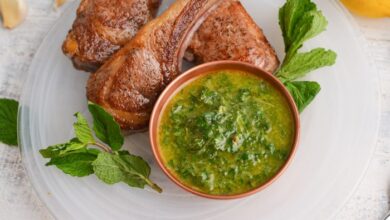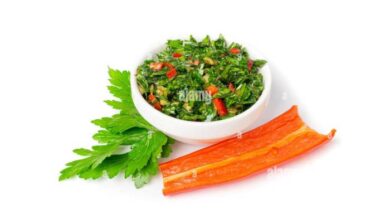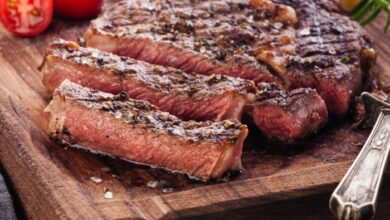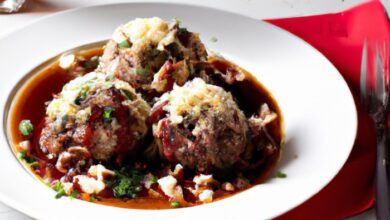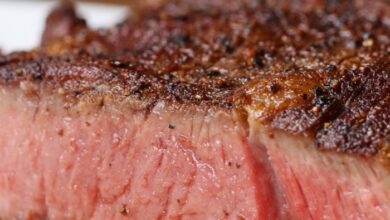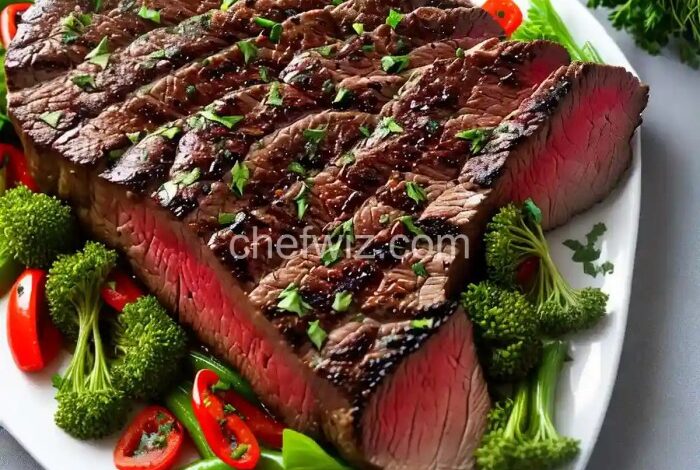
Grilled Beef Tenderloin with Herb Garlic Pepper Coating: A Flavorful Feast
Grilled beef tenderloin with herb garlic pepper coating is a culinary masterpiece that tantalizes the taste buds with its rich, savory flavors and tender, succulent texture. The combination of a premium cut of beef, a flavorful herb garlic pepper coating, and expert grilling techniques results in a dish that is both impressive and unforgettable.
This article will guide you through the process of preparing this delectable dish, from selecting the perfect beef tenderloin to achieving the desired level of doneness. We will delve into the unique qualities of beef tenderloin, explore the art of creating a flavorful herb garlic pepper coating, and master the grilling techniques necessary for tenderloin perfection.
Beef Tenderloin
The beef tenderloin, also known as the psoas major muscle, is a prized cut of meat renowned for its exceptional tenderness and delicate flavor. This muscle, located along the backbone of the animal, is minimally used, resulting in a remarkably soft and succulent texture.
The smoky char of the grilled beef tenderloin, kissed with the vibrant herb garlic pepper coating, is a symphony of flavor. But sometimes, you crave something bright and refreshing to cut through the richness. That’s where a glass of orange carrot ginger juice comes in, offering a burst of citrus and spice that complements the beef perfectly.
The combination is a culinary dance of contrasts, leaving you satisfied and wanting more.
Its lean nature and lack of connective tissue make it an excellent choice for grilling, as it cooks quickly and evenly without becoming tough or dry.
Beef Tenderloin Grades
The quality of beef tenderloin can vary significantly depending on the grade of the beef. The United States Department of Agriculture (USDA) assigns grades to beef based on factors such as marbling, age, and maturity.
- Select:This grade features a small amount of marbling, resulting in a leaner and slightly less flavorful tenderloin.
- Choice:The most common grade, Choice tenderloin offers a good balance of marbling and flavor, providing a tender and juicy experience.
- Prime:The highest grade of beef, Prime tenderloin boasts abundant marbling, leading to a rich, buttery flavor and exceptional tenderness. It’s the ideal choice for special occasions.
While Prime tenderloin offers the most luxurious experience, Choice grade is an excellent choice for everyday grilling, striking a balance between flavor and affordability.
The smoky char of a grilled beef tenderloin with its herb garlic pepper coating is a flavor explosion that’s hard to beat. But if you’re looking for something lighter and brighter, I highly recommend checking out this roasted lemon balm chicken recipe.
The combination of lemon balm and chicken is truly divine, and it’s a great way to change up your protein routine. After all, sometimes you crave that hearty, savory goodness of a grilled beef tenderloin, and other times, you want something refreshing and light.
Selecting the Perfect Beef Tenderloin
Choosing the right beef tenderloin for grilling involves considering several factors:
- Size:Determine the ideal size based on the number of people you’re serving. A 2-3 pound tenderloin is suitable for 4-6 people, while larger cuts can accommodate more guests.
- Marbling:The amount of marbling directly affects the tenderness and flavor. Choose a tenderloin with even, well-distributed marbling for optimal results.
- Overall Quality:Look for a tenderloin with a bright red color, firm texture, and no signs of discoloration or bruising.
It’s always a good idea to consult with your butcher for guidance on selecting the best beef tenderloin for your grilling needs.
The smoky char of the grilled beef tenderloin with its herb garlic pepper coating is a flavor explosion, but let’s be honest, sometimes you need a little something to cut through all that richness. That’s where my better than bakery no knead sourdough comes in.
The tangy, slightly chewy sourdough is the perfect counterpoint to the tender, flavorful beef, making for a truly satisfying meal.
Herb Garlic Pepper Coating
A flavorful herb garlic pepper coating is the secret weapon to elevating your grilled beef tenderloin to a whole new level of deliciousness. It’s a symphony of aromas and flavors that will tantalize your taste buds and leave you craving for more.
Fresh Herbs Versus Dried Herbs, Grilled beef tenderloin with herb garlic pepper coating
Fresh herbs offer a vibrant and more intense flavor compared to dried herbs. They retain their essential oils and aromatic compounds better, resulting in a more complex and nuanced flavor profile. When using fresh herbs, you can adjust the amount based on your preference, as their flavor intensity varies depending on the season and freshness.
Alternative Herb and Spice Combinations
If you’re looking to explore different flavor profiles, here are some alternative herb and spice combinations that you can experiment with:
- Mediterranean:Rosemary, thyme, oregano, garlic powder, lemon zest, and red pepper flakes. This combination adds a warm, earthy, and slightly citrusy flavor to the beef.
- Italian:Basil, parsley, oregano, garlic powder, and black pepper. This classic Italian blend provides a fresh, herbaceous, and slightly peppery taste.
- Asian Inspired:Ginger, garlic, soy sauce, sesame oil, chili flakes, and black pepper. This combination delivers a savory, spicy, and aromatic flavor profile with a hint of umami.
Grilling Techniques for Tenderloin Perfection
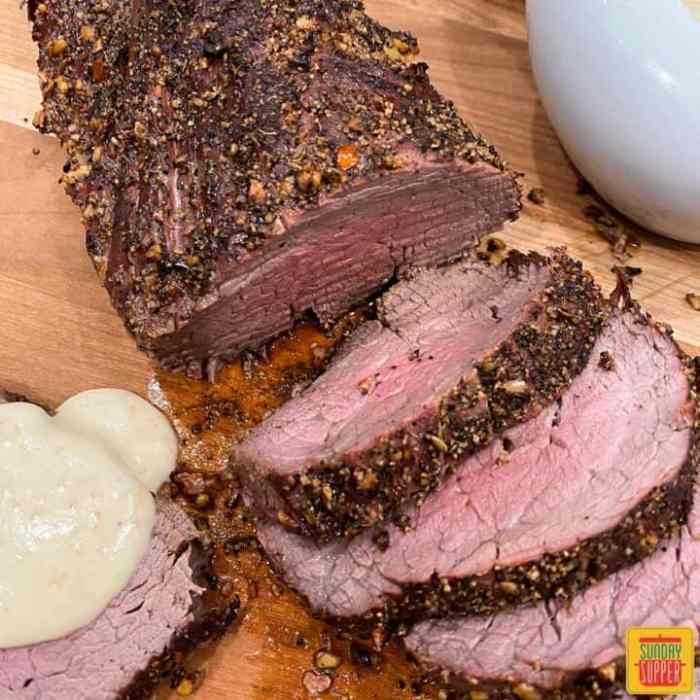
Grilling a beef tenderloin to perfection requires more than just tossing it on the grill and hoping for the best. A little planning and understanding of grilling techniques will help you achieve the perfect level of doneness, from a juicy rare to a flavorful well-done.
Preheating the Grill and Maintaining Consistent Heat
The importance of preheating the grill cannot be overstated. A hot grill sears the meat quickly, creating a delicious crust and locking in the juices. A preheated grill ensures even cooking, preventing cold spots that can lead to uneven doneness.
A gas grill should be preheated to high heat, around 500°F, while a charcoal grill should have a bed of hot coals with a temperature of 450-550°F.
Direct vs. Indirect Grilling
Direct grilling involves placing the meat directly over the heat source, while indirect grilling involves cooking the meat over a cooler part of the grill. Direct grilling is ideal for searing the tenderloin, while indirect grilling is better for cooking it through to the desired doneness.
Grilling Beef Tenderloin to Desired Doneness
- Rare:The tenderloin should have a red center and a temperature of 125-130°F. For a rare tenderloin, sear it over direct heat for 2-3 minutes per side, then move it to indirect heat and cook for another 5-7 minutes.
- Medium-Rare:The tenderloin should have a pink center and a temperature of 130-135°F. For a medium-rare tenderloin, sear it over direct heat for 3-4 minutes per side, then move it to indirect heat and cook for another 8-10 minutes.
- Medium:The tenderloin should have a light pink center and a temperature of 135-140°F. For a medium tenderloin, sear it over direct heat for 4-5 minutes per side, then move it to indirect heat and cook for another 10-12 minutes.
- Medium-Well:The tenderloin should have a slight pink center and a temperature of 140-145°F. For a medium-well tenderloin, sear it over direct heat for 5-6 minutes per side, then move it to indirect heat and cook for another 12-14 minutes.
- Well-Done:The tenderloin should have a brown center and a temperature of 145-150°F. For a well-done tenderloin, sear it over direct heat for 6-7 minutes per side, then move it to indirect heat and cook for another 14-16 minutes.
Resting and Slicing: Grilled Beef Tenderloin With Herb Garlic Pepper Coating
Resting the grilled tenderloin is crucial for maximizing its juiciness. As the meat rests, the juices redistribute throughout the tenderloin, resulting in a more flavorful and tender final product. Slicing the tenderloin correctly also plays a vital role in ensuring even portions and maintaining its succulent texture.
Slicing Techniques for Optimal Juiciness
Properly slicing the tenderloin is essential to preserve its natural juices and ensure each slice is uniformly tender. The best way to achieve this is to slice against the grain.
- Understanding the Grain:The grain refers to the direction of the muscle fibers in the meat. When you slice against the grain, you cut across these fibers, resulting in tender and easily chewable slices. If you slice with the grain, the fibers will be intact, leading to tougher, chewy meat.
- Visual Cues:To identify the grain, observe the texture of the meat. The grain will appear as lines or streaks running along the length of the tenderloin. You should slice perpendicular to these lines.
- Slicing Technique:Using a sharp knife, make thin, even slices across the grain. A serrated knife can be helpful for slicing through the tenderloin, but a sharp chef’s knife is ideal for precise cuts.
Carving for Presentable Slices
To create attractive and presentable slices, follow these tips:
- Slice Uniformly:Maintain consistent thickness for all slices, ensuring an even distribution of juices and a visually appealing presentation.
- Presentation:Arrange the sliced tenderloin on a platter or serving dish, maintaining the shape of the original roast. Consider using a decorative garnish, such as fresh herbs or a drizzle of sauce, to enhance the presentation.
Accompaniments and Presentation
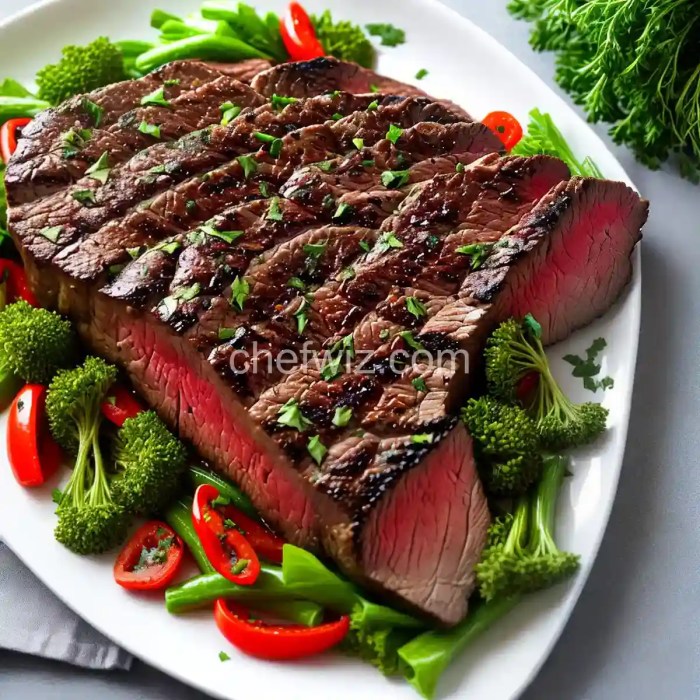
A perfectly grilled beef tenderloin deserves a symphony of flavors and textures to enhance its magnificence. Accompaniments play a crucial role in creating a balanced and memorable dining experience, and presentation elevates the dish to an art form.
Side Dish Suggestions
Choosing the right side dishes can elevate the grilled beef tenderloin to new heights. Here’s a table showcasing a variety of options that complement the rich flavors of the meat:
| Category | Side Dish | Description |
|---|---|---|
| Vegetables | Roasted Asparagus with Lemon and Herbs | Tender asparagus spears roasted to perfection, enhanced with the bright flavors of lemon and fresh herbs. |
| Sautéed Mushrooms with Garlic and Thyme | Earthy mushrooms sautéed with garlic and thyme, offering a savory and aromatic complement to the beef. | |
| Creamy Polenta | Smooth and creamy polenta, providing a comforting and contrasting texture to the tenderloin. | |
| Salads | Watercress Salad with Dijon Vinaigrette | A refreshing and vibrant salad with peppery watercress and a tangy Dijon vinaigrette. |
| Mixed Greens Salad with Balsamic Glaze | A classic combination of mixed greens with a sweet and tangy balsamic glaze. | |
| Sauces | Red Wine Reduction Sauce | A rich and flavorful sauce made from reduced red wine, perfect for enhancing the beef’s savory notes. |
| Béarnaise Sauce | A classic French sauce made with egg yolks, butter, and herbs, adding a touch of elegance to the dish. |
Presentation Techniques
Presentation is an essential element in elevating a dish from ordinary to extraordinary. Here are some tips for creating a visually appealing presentation of the grilled beef tenderloin with its accompaniments:
“Presentation is the art of creating a visually appealing and harmonious arrangement of food on a plate.”
- Use a neutral-colored plate: A white or cream-colored plate provides a clean canvas for the vibrant colors of the beef and its accompaniments. Avoid overly patterned plates that can distract from the main dish.
- Arrange the elements thoughtfully: Create a balanced and visually appealing arrangement by placing the beef tenderloin in the center of the plate, surrounded by the side dishes. Use contrasting colors and textures to create visual interest.
- Add a touch of greenery: A sprig of fresh rosemary or thyme can add a touch of color and freshness to the dish. Avoid overwhelming the presentation with excessive greenery.
- Drizzle with sauce strategically: A drizzle of sauce can add a touch of elegance and enhance the flavors of the dish. Avoid overdoing it, as too much sauce can overwhelm the other flavors.
- Slice the beef evenly: Slice the beef tenderloin into even, attractive slices to showcase its beautiful marbling and ensure consistent portions for each guest.

